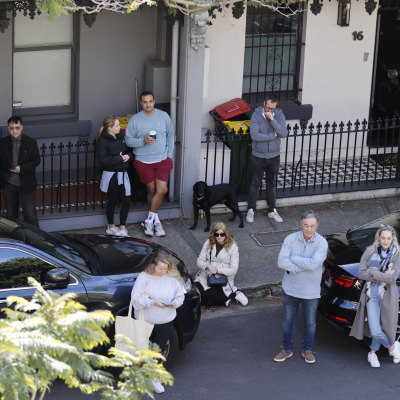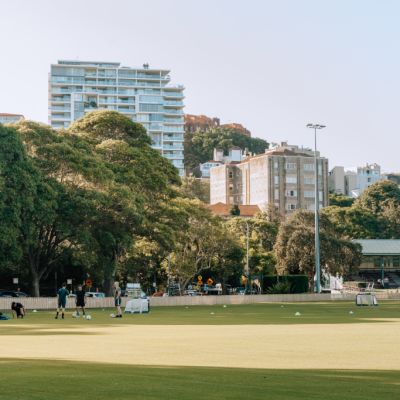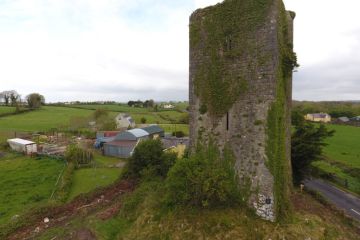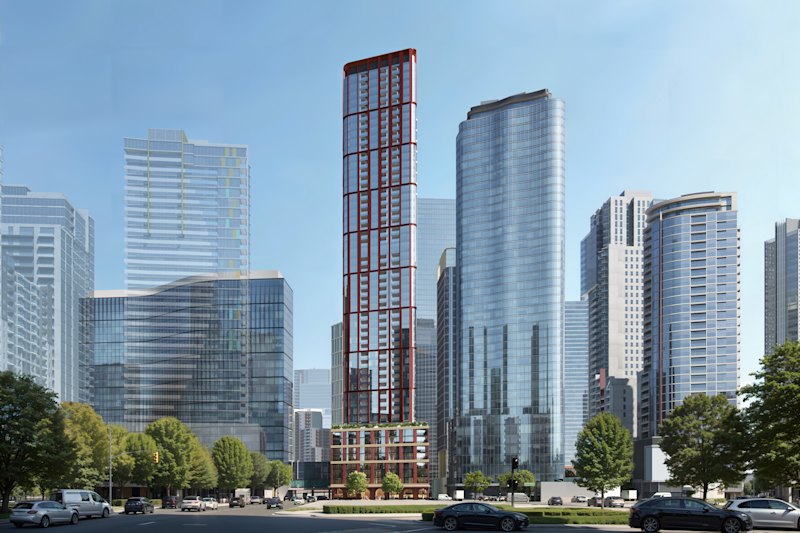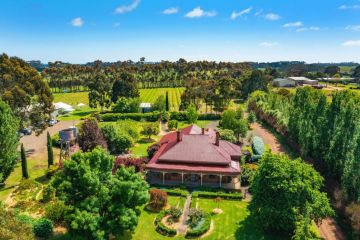1.2 million new homes unlikely to be enough for Australia's growing population
Australia is not building enough homes to keep pace with population growth, experts fear, with concerns the federal government’s new build target will leave a considerable shortfall in available properties.
Australia’s population is projected to increase by about two million people to 29 million by 2029, as migration numbers continue to expand.
But the Labor government’s target of building 1.2 million new homes by 2029 will likely leave the country considerably short of its housing needs, experts say.
The new building scheme is already behind target, with just 170,000 new dwellings completed so far, well short of the target of 240,000 a year.
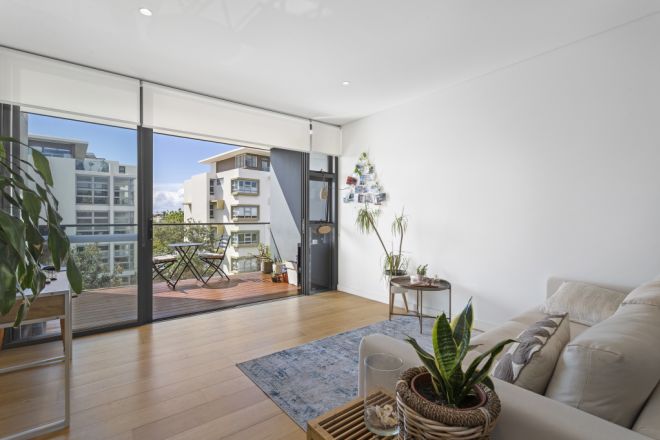
To deal with the shortfall, experts say the government should be building 240,000 to 248,000 new homes each year to keep up with demand.
“What we need to do is ensure that we are building enough homes to meet our growing population,” says Domain chief of research and economics Dr Nicola Powell.
“We need to have that visionary policy to ensure that this is consistent in not only five years but beyond that.”
However, the number of new dwellings built hasn’t been able to meet population needs since the 1980s, says Master Builders Australia’s chief executive Denita Wawn.
“It’s been an ongoing issue for at least two to three decades,” she says. “Since that time, we’ve just not met the population targets.”
Wawn says building 240,000 homes yearly is possible only if the conditions are correct, but current projections are predicting a continuing shortfall in the project.
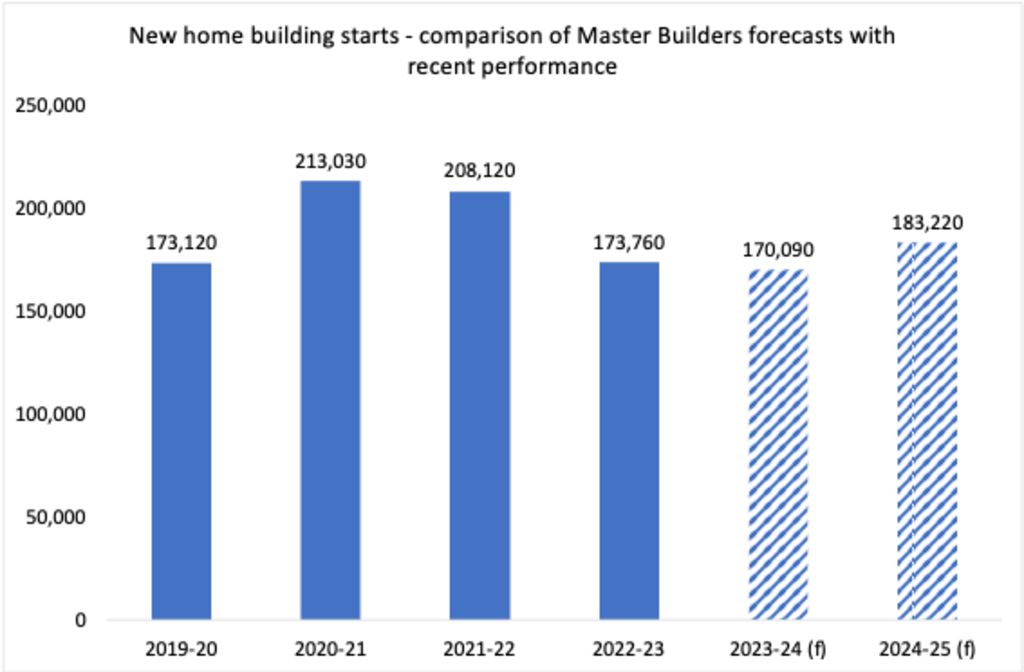
“The key things we need are more skilled people, which we currently don’t have,” she says. “We need proper planning rules to accommodate medium and high density. We need a sped-up planning process. We need less property [tax] to actually make it affordable for investors to get into the property market. We need to ensure we don’t have inflationary pressures on materials.
“If we get all that right, then we’ve got a good chance of at least getting to the million [property mark].”
Wawn says a significant issue faced by developers is the lack of ready-to-build land.
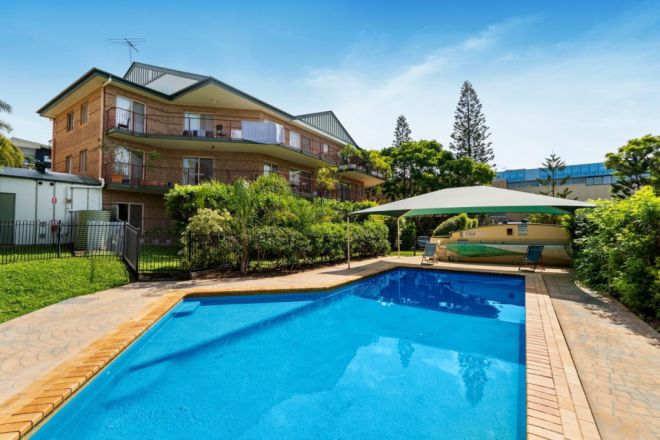
Powell agrees, saying, “It really boils down to local councils providing shovel-ready land at an affordable price to allow for property owners and developers to come in and to build and actually deliver the supply.”
AMP Capital chief economist Shane Oliver says the Australian housing shortage is chronic, but it’s possible to meet housing demand if the population slips back to standard growth rates.
“If we can get home construction up from 170,000 volumes [of new homes built] a year to 240,000 volumes a year and at the same time slow the population growth down, as the government is forecasting, to around one and a half per cent, it means underlying demand of 180,000 [new homes] or less – then we’ll be building 60,000 homes or more than we actually need in any one year,” he says.
Oliver believes the best way to achieve the housing target is by building more apartments, echoing the unit-building boom of 2016 rather than relying on standalone houses.
Diversity of housing, especially having more units and townhouse options, is key when it comes to having enough homes available for Australians across different stages of their lives, Powell says.
“The concept of the ideal first home has changed tremendously from the Boomer generation to the generations of today, and the embracement of apartment living is certainly there,” she says.
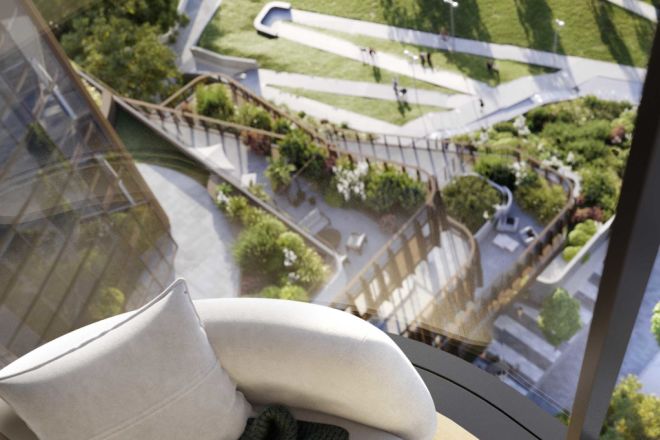
We recommend
We thought you might like
States
Capital Cities
Capital Cities - Rentals
Popular Areas
Allhomes
More
